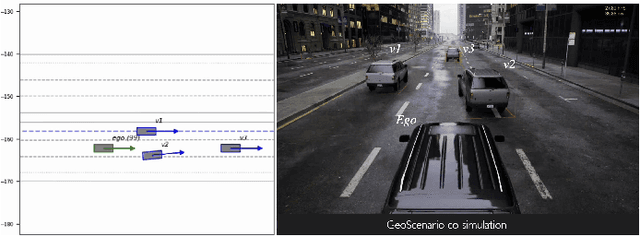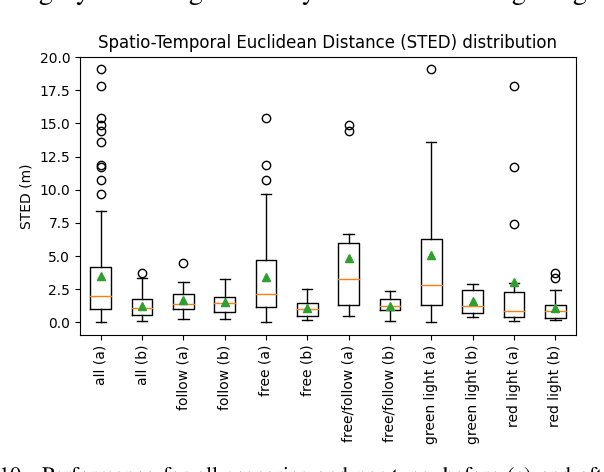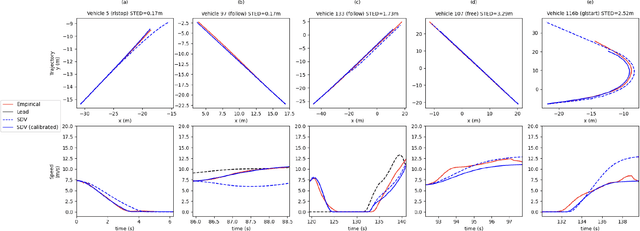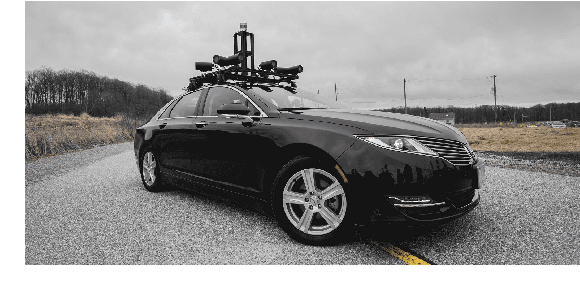Ricardo Caldas
Runtime Verification and Field Testing for ROS-Based Robotic Systems
Apr 17, 2024



Abstract:Robotic systems are becoming pervasive and adopted in increasingly many domains, such as manufacturing, healthcare, and space exploration. To this end, engineering software has emerged as a crucial discipline for building maintainable and reusable robotic systems. Robotics software engineering research has received increasing attention, fostering autonomy as a fundamental goal. However, robotics developers are still challenged trying to achieve this goal given that simulation is not able to deliver solutions to realistically emulate real-world phenomena. Robots also need to operate in unpredictable and uncontrollable environments, which require safe and trustworthy self-adaptation capabilities implemented in software. Typical techniques to address the challenges are runtime verification, field-based testing, and mitigation techniques that enable fail-safe solutions. However, there is no clear guidance to architect ROS-based systems to enable and facilitate runtime verification and field-based testing. This paper aims to fill in this gap by providing guidelines that can help developers and QA teams when developing, verifying or testing their robots in the field. These guidelines are carefully tailored to address the challenges and requirements of testing robotics systems in real-world scenarios. We conducted a literature review on studies addressing runtime verification and field-based testing for robotic systems, mined ROS-based application repositories, and validated the applicability, clarity, and usefulness via two questionnaires with 55 answers. We contribute 20 guidelines formulated for researchers and practitioners in robotic software engineering. Finally, we map our guidelines to open challenges thus far in runtime verification and field-based testing for ROS-based systems and, we outline promising research directions in the field.
A Driver-Vehicle Model for ADS Scenario-based Testing
May 05, 2022



Abstract:Scenario-based testing for automated driving systems (ADS) must be able to simulate traffic scenarios that rely on interactions with other vehicles. Although many languages for high-level scenario modelling have been proposed, they lack the features to precisely and reliably control the required micro-simulation, while also supporting behavior reuse and test reproducibility for a wide range of interactive scenarios. To fill this gap between scenario design and execution, we propose the Simulated Driver-Vehicle Model (SDV) to represent and simulate vehicles as dynamic entities with their behavior being constrained by scenario design and goals set by testers. The model combines driver and vehicle as a single entity. It is based on human-like driving and the mechanical limitations of real vehicles for realistic simulation. The layered architecture of the model leverages behavior trees to express high-level behaviors in terms of lower-level maneuvers, affording multiple driving styles and reuse. Further, optimization-based maneuver planner guides the simulated vehicles towards the desired behavior. Our extensive evaluation shows the model's design effectiveness using NHTSA pre-crash scenarios, its motion realism in comparison to naturalistic urban traffic, and its scalability with traffic density. Finally, we show the applicability of SDV model to test a real ADS and to identify crash scenarios, which are impractical to represent using predefined vehicle trajectories. The SDV model instances can be injected into existing simulation environments via co-simulation.
 Add to Chrome
Add to Chrome Add to Firefox
Add to Firefox Add to Edge
Add to Edge